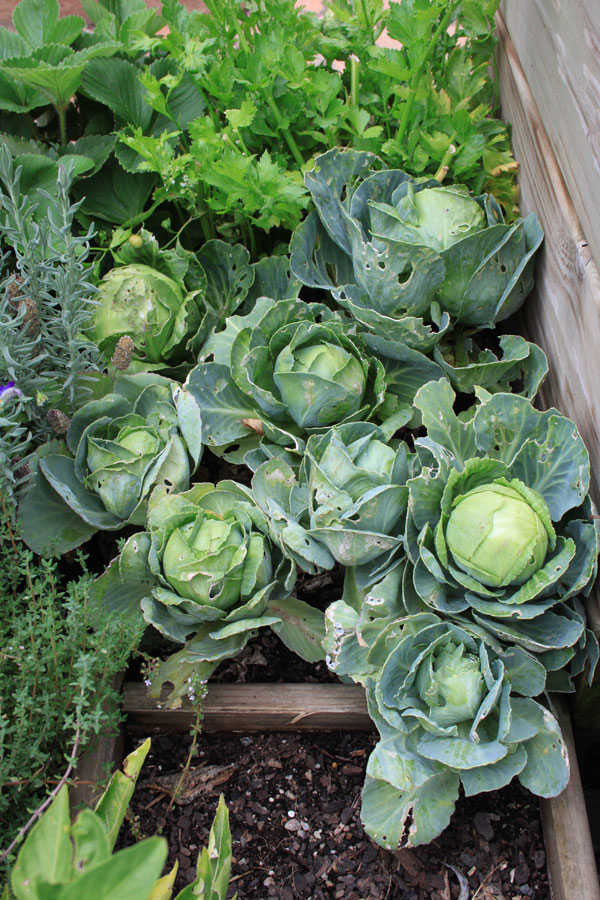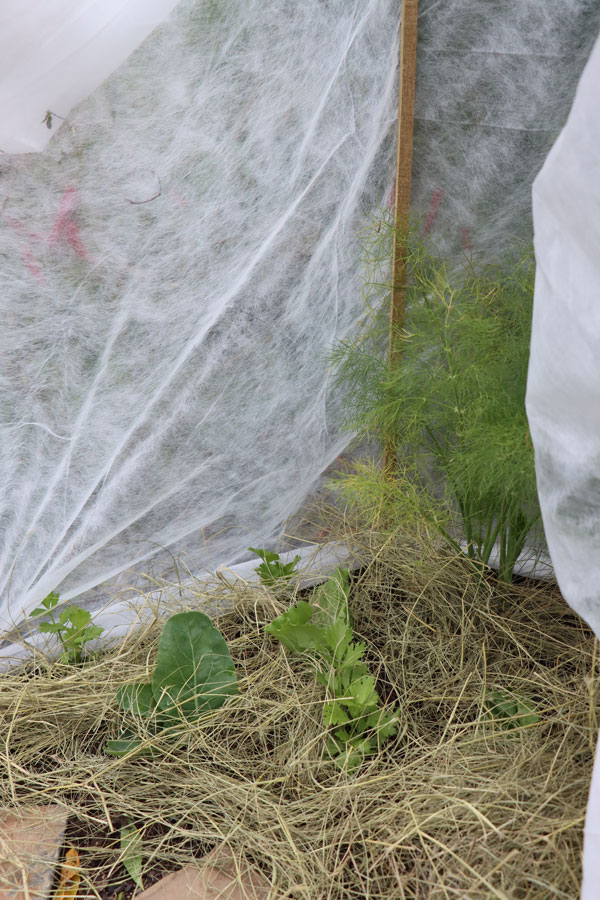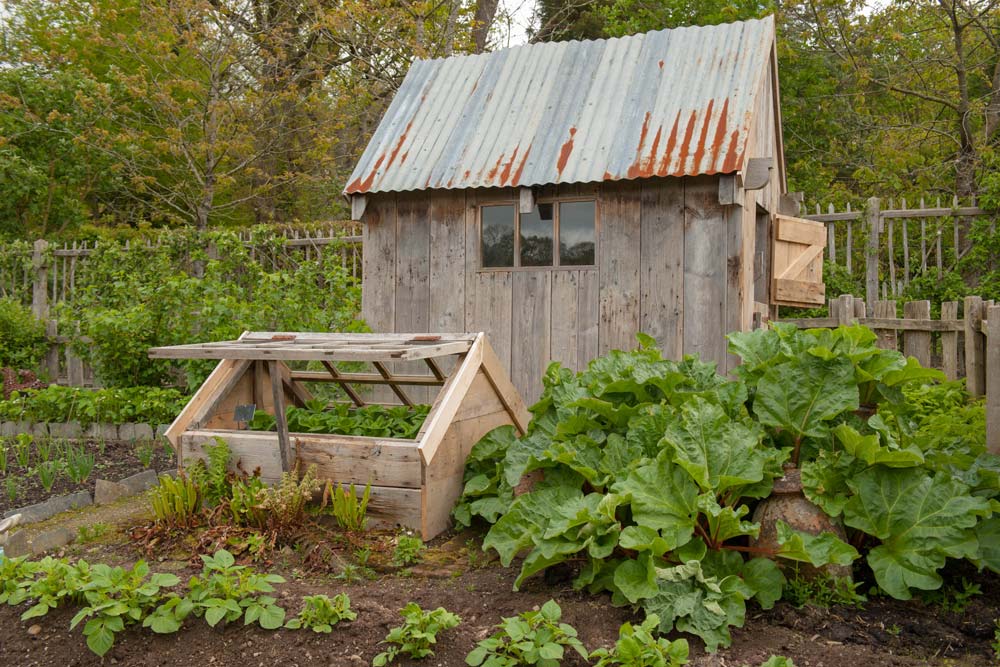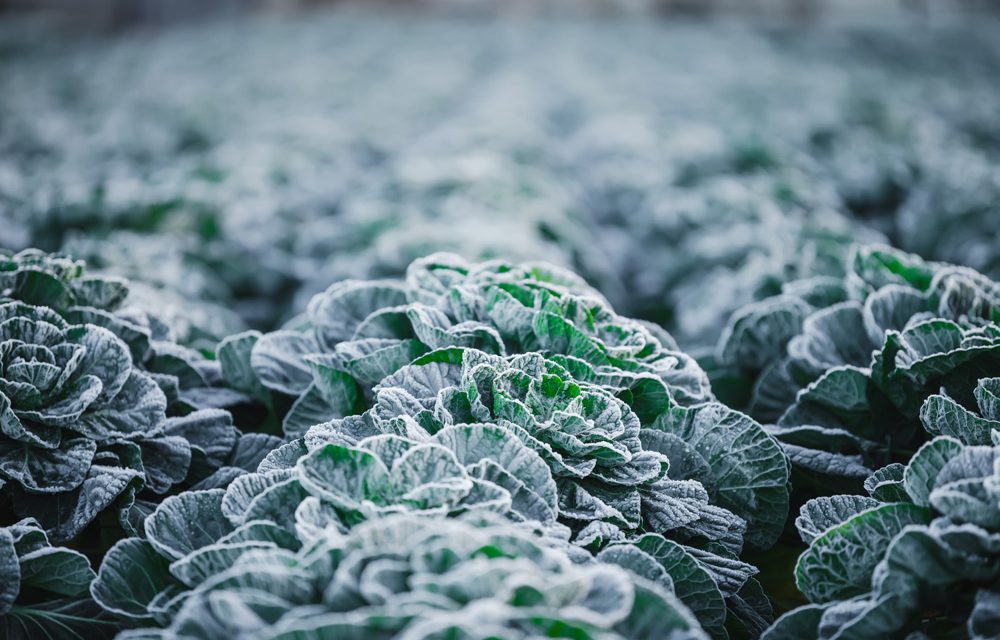Did you know that there are almost as many winter veggies as there are summer ones?
Admittedly, we can’t grow our summer favourites like tomatoes, sweet peppers, and all the different squashes, but on the upside, think of all the different types of lettuce and cabbage, purple broccoli and cauliflower, as well as all those tangy Asian greens and mustards.

Non-negotiable: lots of sun
Veggies do best with full sun in winter, or with at least six hours of sunshine. Anything less than that and the veggies will be spindly, unproductive and weak plants – not worth the effort.
- Grow veggies, especially leafy greens and brassicas, in sunny flower beds.
- Convert your pavement garden into a veggie garden. That is often where the most sun is.
- Grow vegetables in pots and keep them in the sunnier areas.
- Use window boxes for salad greens and radishes.
- Go vertical and set up a vertical garden against a sunny wall.

Plant a variety of short-, medium- and long-term crops.
A good strategy for the winter veggie garden is to plant vegetables that mature at different rates. There are those that mature quickly, like radishes, rocket, microgreens and spring onions, others that hold well in garden beds, like root crops and greens, and others that mature towards the end of winter into early spring, like broccoli, certain cabbage varieties, Brussels sprouts, cauliflower, broad beans and leeks.
By May, most winter veggies should be planted and growing but it is possible to play catch up by planting out seedlings of Asian greens, broccoli, cabbages, kale, lettuce and garden peas, with protection from early frost.
Winter veggie crops that can still be sown are broad beans, which will grow through winter for harvest in spring, a last sowing of lettuce, kohlrabi, garden peas (in warmer areas) and radishes.

Frost hardiness: know how crops differ
Lettuce is the least cold-hardy vegetable, even though it grows and tastes better in cooler seasons, and always needs protection from frost.
Leafy greens such as Swiss chard, spinach, rocket, parsley and Asian greens can often handle light frost, but you should err on the side of caution.
Brassicas such as Brussels sprouts, cabbage and broccoli are good cool-weather crops, and kale handles frost the best. Not only can it survive temperatures below freezing, but these also actually improve its flavour.
Root crops such as carrots, turnips, parsnips and beets can survive freezing temperatures, and the taste improves as the plant concentrates more energy on root growth and builds up sugars for frost protection.
How to prepare for frost
Invest in frost fleece/cloth to cover seedlings and tender vegetables. If a severe frost is predicted it is worth covering everything!
Check your weather app daily for frost warnings and cover the vegetables early to trap in warm air.

Winter watering do’s and don’ts
- Water during the warmest time of the day and avoid wetting the leaves.
- Keep soil consistently moist, especially for lettuce which develops a bitter taste if the soil dries out.
- Over-watering results in cold, wet soil that encourages damping off while under-watering stresses plants, making them less resilient to frost.
- Ease up on watering if a cold front is predicted, but don’t let the soil dry out completely.
- In winter-rainfall areas, raised beds will ensure good drainage and warm up more quickly in spring.
Fertiliser requirements
Although growth is slower in winter, feeding seedlings with a liquid fertiliser or plant tonic like kelp or fish emulsion strengthens them to resist the cold. Brassicas have high nutrient demands and will benefit from regular applications of nitrogen-rich fertiliser. When garden peas and broad beans start flowering, feed them weekly with a liquid fertiliser.











